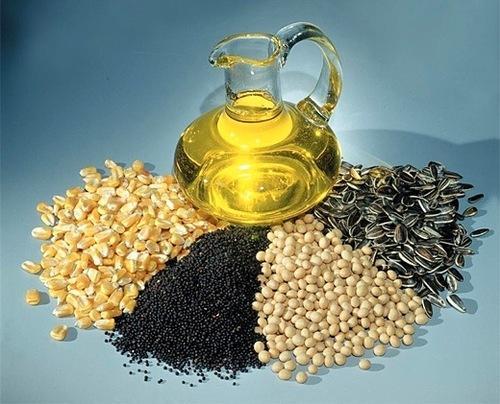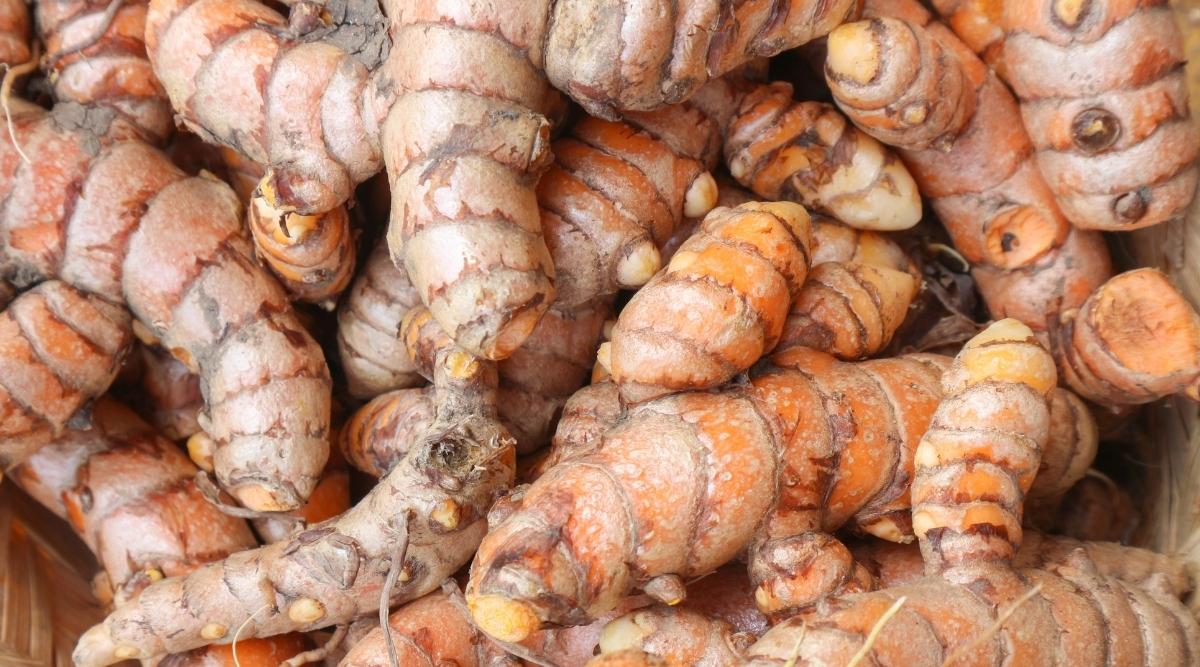Farmers in Punjab, Haryana, and western Uttar Pradesh sowed three new basmati rice varieties for the first time this Kharif season. These varieties have demonstrated potential since they are resistant to bacterial blight and blast diseases and require less pesticide application. According to a preliminary analysis by the Indian Agricultural Research Institute (IARI), Pusa, Delhi, the crop conditions appear promising just a few weeks before harvest, and yields are predicted to be higher this season.
There have not yet been any reports of diseases or pests in the standing crops, according to AK Singh, director of IARI, which provided seeds to farmers of the improved PB1847, PB1885, and PB1886 rice varieties this Kharif season. Aromatic and long grain rice exports to the EU have decreased from 0.5 million tonne (mt) a few years ago to 0.2 mt annually.
In order to aid in seed multiplication beginning with the following season, IARI had sent new basmati types’ seeds to about 10,000 farmers in important growing locations in three northern states. In this kharif season, the varieties have been seeded on about 5,000 acres. Harpreet Singh, a farmer from Sangrur district in Punjab who has planted the rice variety in 1.5 acres of his 10 acres of land, claimed that there have been no pest attacks thus far and that the crop condition of the PB1847 type is significantly better than that of other varieties.
The existing basmati rice varieties PB1121, PB1509, and PB6, which are produced on more than 90% of the approximately two million hectares of land used to grow aromatic and long-grain rice, would progressively be replaced, according to IARI scientists, by new varieties. Vijay Setia, a former president of the All India Rice Exporters Association and an exporter, stated that newly developed basmati rice types are anticipated to significantly cut pesticide consumption and enhance rice quality.

